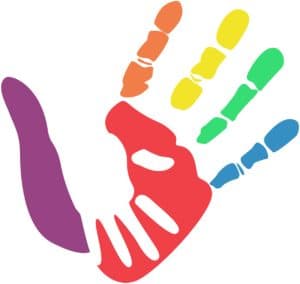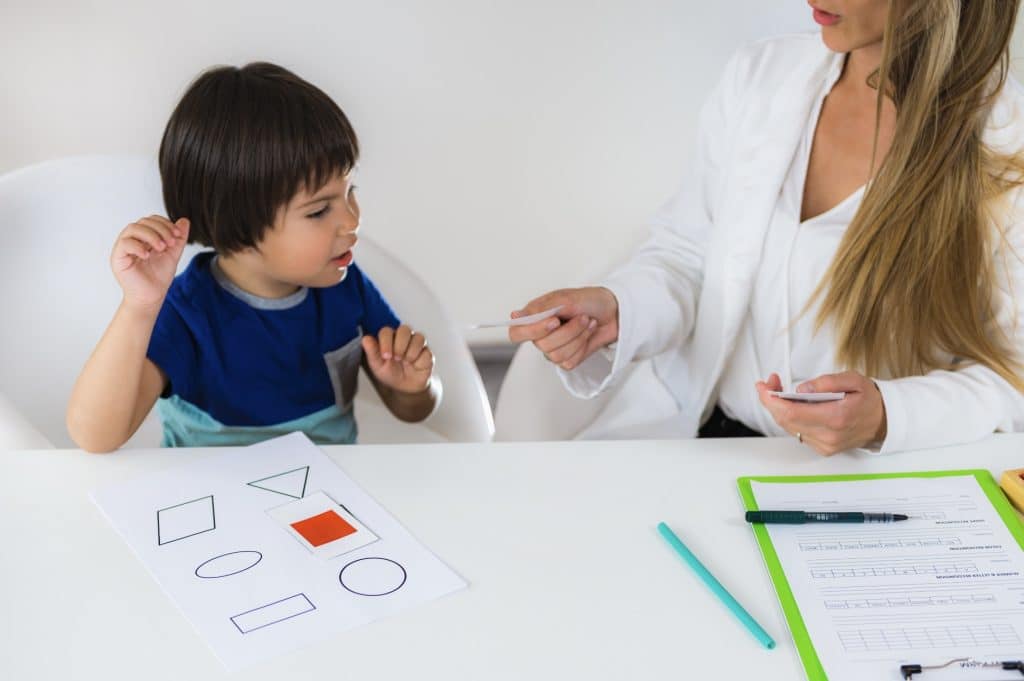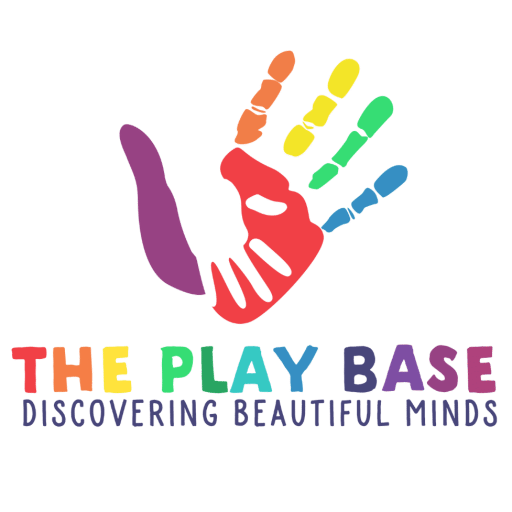Applied Behavior Analysis (ABA) therapy is a science-backed approach that helps individuals develop positive behaviors while reducing challenging ones. It is widely used for children and adults, especially those with autism, to improve their daily lives.
Understanding Challenging Behaviors
Challenging behaviors can include aggression, self-injury, tantrums, and noncompliance. These behaviors often occur because they serve a purpose, such as getting attention, avoiding a task, or accessing a preferred item. ABA therapy identifies the reason behind these behaviors and replaces them with positive alternatives.
How ABA Therapy Works
ABA therapy follows a structured process to understand, address, and change behaviors.
- Assessment: A certified ABA therapist conducts an in-depth evaluation to understand the behavior, triggers, and environment.
- Setting Goals: Individualized ABA intervention plans are created based on the person’s needs and developmental level.
- Using Evidence-Based Strategies: Therapists implement proven techniques to teach new skills and replace unwanted behaviors.
- Monitoring Progress: Data is collected to measure success and make necessary adjustments.
Frances Fishman, founder of The Play Base, explains, “We focus on understanding why a behavior happens. By changing the environment and teaching new skills, we help children develop better ways to communicate and interact.”
Effective ABA Strategies for Behavior Change
ABA therapy uses several strategies to encourage positive behavior while reducing negative actions.
- Positive Reinforcement: Rewarding good behavior with praise, tokens, or preferred activities makes it more likely to happen again.
- Functional Communication Training (FCT): Teaching alternative ways to communicate helps reduce frustration-based behaviors.
- Prompting and Fading: Therapists provide guidance to help a child complete a task, then gradually reduce support over time.
- Behavior Replacement: Teaching appropriate behaviors to replace problem behaviors, such as using words instead of hitting.
- Consistency and Repetition: Skills are practiced regularly in different environments to ensure long-term success.
The Impact of ABA Therapy
ABA therapy transforms lives by helping children and adults gain independence and confidence. Studies show that structured ABA programs lead to significant improvements in communication, social skills, and emotional regulation. Families also benefit as they learn how to support positive behavior at home.
Frances Fishman emphasizes, “ABA therapy isn’t just about reducing challenging behaviors. It’s about building skills that help children and families thrive.”
How to Get Started with ABA Therapy
If you’re looking for ABA therapy near you, it’s important to find a certified provider who offers customized ABA therapy programs based on individual needs. Whether you’re interested in in-home ABA therapy services or center-based treatment, a qualified professional can help.
Book an ABA therapy consultation today to explore the best Applied Behavior Analysis treatment for challenging behaviors and give your child the support they need to succeed.









